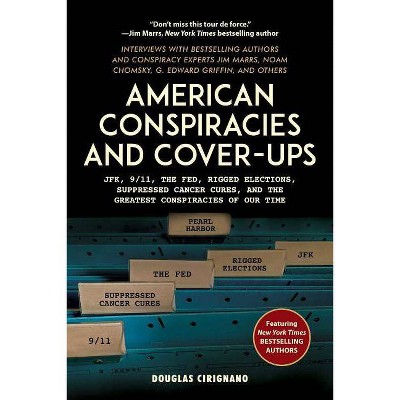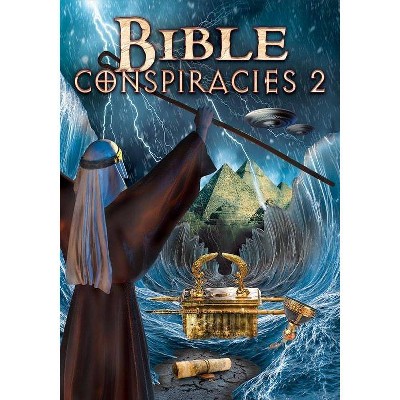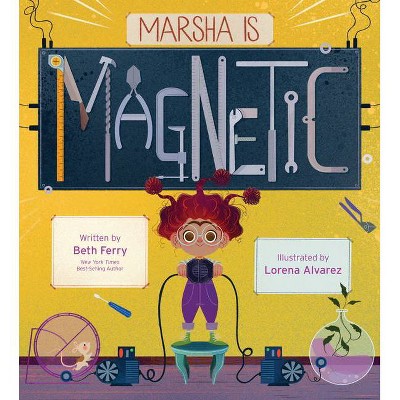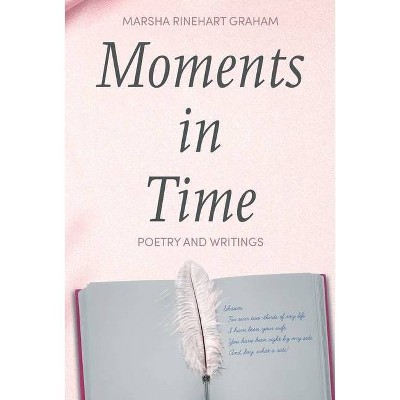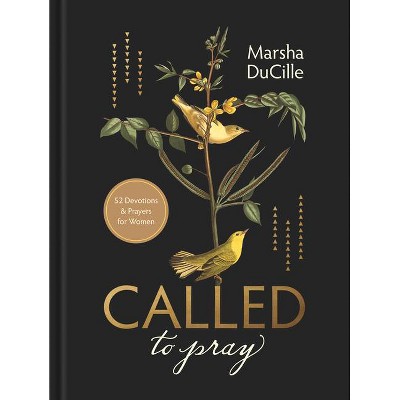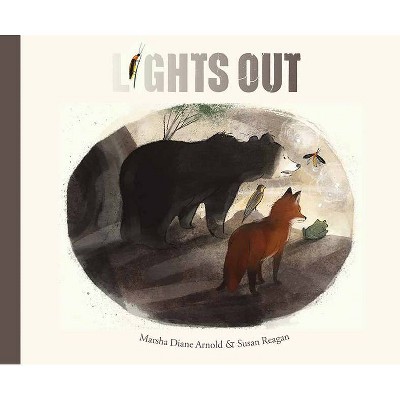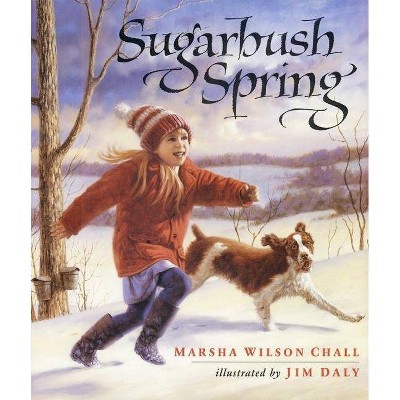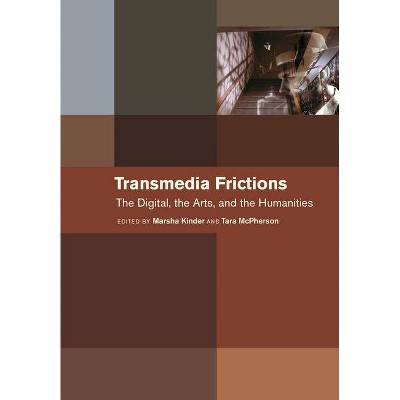A Concatenation of Conspiracies - by Marsha Keith Schuchard (Hardcover)
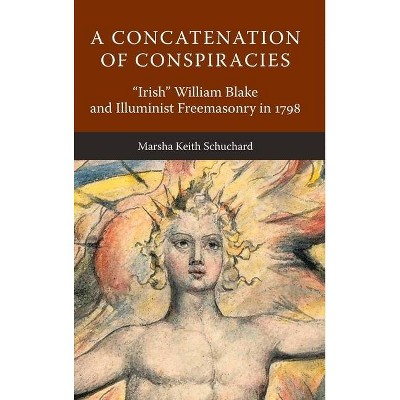
Similar Products
Products of same category from the store
AllProduct info
<p/><br></br><p><b> About the Book </b></p></br></br><p>Irish nationalists forged alliances with Masonic societies in pursuit of independence from England. Visionary artist William Blake sympathized with the Irish rebels and infused support for their cause into the imagery of his greatest works.</p><p/><br></br><p><b> Book Synopsis </b></p></br></br><p>Sometimes conspiracies are real or even "benevolent," as the Irish nationalist William Drennan wrote in 1791. His work to utilize "illuminist" Freemasonry to gain Irish independence placed the movement in the international context of conservative versus liberal debates on the alleged role of radical Masonry in revolutionary plots. Drennan wrote that "such schemes are not to be laughed at as romantic, for without enthusiasm nothing great was done." While the reactionary Abbé Barruel warned about "the concatenation of conspiracies," his English translator Robert Clifford targeted the United Irishmen as the most dangerous seditionists. But the visionary artist William Blake-an advocate of enthusiasm-sympathized with the Irish rebels and infused support for their cause into the imagery of his greatest works. He also knew that the Irish angel harp-the nationalists' main symbol-was "no gentle harp." When he revealed that "they give the oath of blood in Lambeth," he possibly wrote from personal experience in an oath-bound secret society.</p><p/><br></br><p><b> Review Quotes </b></p></br></br><br><p>Based on in-depth research into a great variety of sources, this new, exciting, and ground-breaking contribution by Marsha Keith Schuchard brilliantly integrates history and insightful interpretations. The book provides very innovative perspectives on events and contexts that had hitherto received little or no attention in conventional historiography of the period. To wit, a new Irish-English-Scottish outlook on the influence of figures such as Barruel and Robison on literature and politics in the British Isles, and on the international ramifications thereof; or, surprisingly but convincingly, the important role of Illuminist Freemasonry in Irish independence movements-with the support for the Irish struggle by William Blake, of whom the author is a renowned specialist. <em>A Concatenation of Conspiracies</em> will be a reference volume for a long time to come.-Antoine Faivre, author of <em>Western Esotericism: A Concise History</em></p><p><br></p><p><em>A Concatenation of Conspiracies</em> is the latest of Keith Schuchard's explorations into the lesser-known milieus of William Blake, on this occasion, focusing upon the radical underworlds of the late 1790s. In her account, individuals, societies, meetings, spies, Masonic brotherhoods, United Irishmen and mystical millenarians, are uncovered in proximity to Blake, begging the question, again and again, he must have known, been there, responded to, what Schuchard has reconstructed; at a time, as William Godwin described, "when terror was the order of the day." No student of Blake can afford to neglect Schuchard's pioneering work.-Michael Phillips, Emeritus Fellow, The University of York</p><p><br></p><p>This handsomely illustrated and accessible book presents a cosmopolitan version of the connections that bind together Freemasonry, the United Irishmen and William Blake. It supplies a richly contextualised account of the swirl of ideas that animated radicalism in the revolutionary 1790s.-Prof. Kevin Whelan, Director, Notre Dame Global Gateway, Dublin</p><p><br></p><p>Marsha Keith Schuchard's monograph assiduously explores millenarian movements in late eighteenth century London, Edinburgh, Dublin, and Avignon, and perceptively discusses the relationships among them. Of particular interest here are Masonic lodges, many of which could appear to the outsider as if they held fundamentally similar beliefs, yet could be radically different In orientation, as Schuchard shows. This is especially true of the "illuminated" and non-illuminated lodges. Schuchard also differentiates among the various Masonic rites and identifies the leading figures in different branches.-Morton D. Paley, Emeritus Professor of English, University of California, Berkeley</p><br>
Price History
Price Archive shows prices from various stores, lets you see history and find the cheapest. There is no actual sale on the website. For all support, inquiry and suggestion messagescommunication@pricearchive.us

